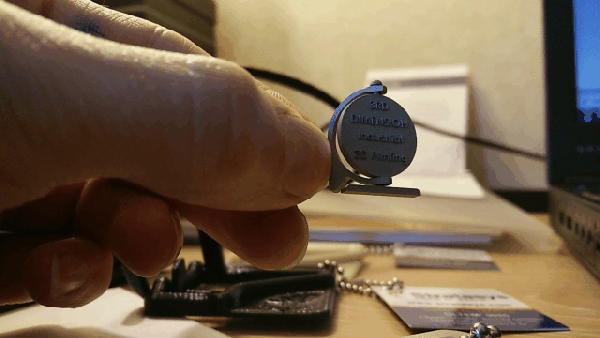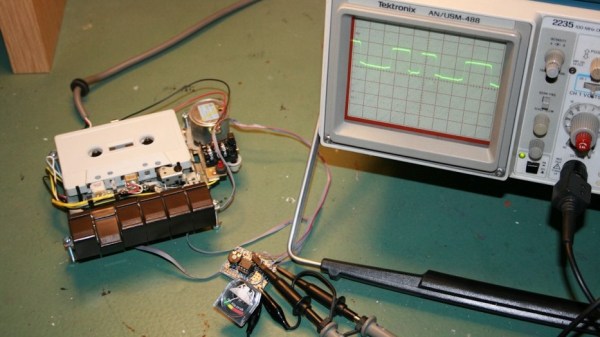In case you haven’t heard, we’re giving away a trip to space. We have $50,000 to promote giving away a trip to space too, and this week we’re giving away some OSH Park gift cards. If you have a project that’s held together with hot glue on a 40-year-old piece of perf board, add a project log describing how you need some free PCBs.
A few months ago, some guy in Texas found the original molds for the Commodore 64C, the Plus/4 and the 128. That discovery turned into one of the best examples of what Kickstarter can do. Now, new keycaps are being manufactured with an Indiegogo campaign. If you’re waiting on your C64c case to be pressed out of a mold, this is not the time to think about the sunk cost fallacy. They’re not Cherry MX compatible, but they will work with just about every version of the C64. Not bad for under €20.
The UK has a fabulously rich history of ancient melee weapons, ranging from the flail to the mace and a bunch of odd bladed weapons used by the Scots. This tradition was passed down to the UK mains plug, the single most painful plug to step on. Apple just released a USB charger with a folding UK mains plug and [oliver] did a teardown on it.
For St. George’s Day in Catalonia, there’s a tradition of giving roses to women, and books to men. [Nixieguy] has all the books he could want, and would prefer to receive a rose. Bucking tradition, he made himself a rose from a punch card. It’s the closest he’s going to get to ‘@}-\—’. A few years ago, he carved a rose out of a 10mm LED.
Finally, a decent tutorial on how to grow your own SMD components.
Need to take apart a cellphone? Use acetone! Need the phone to work after you take it apart? Ummmm….
The Dayton Hamvention is just three weeks away! Yes, the same weekend as the Bay Area Maker’s Faire, which means most of the Hackaday crew will be elsewhere, but I hear [Chris Gammell] will be there putting Parts.io stickers on everything. By the way, I’m looking for a Tek PM203 Personality Module for a 68000 64-pin PDIP.














